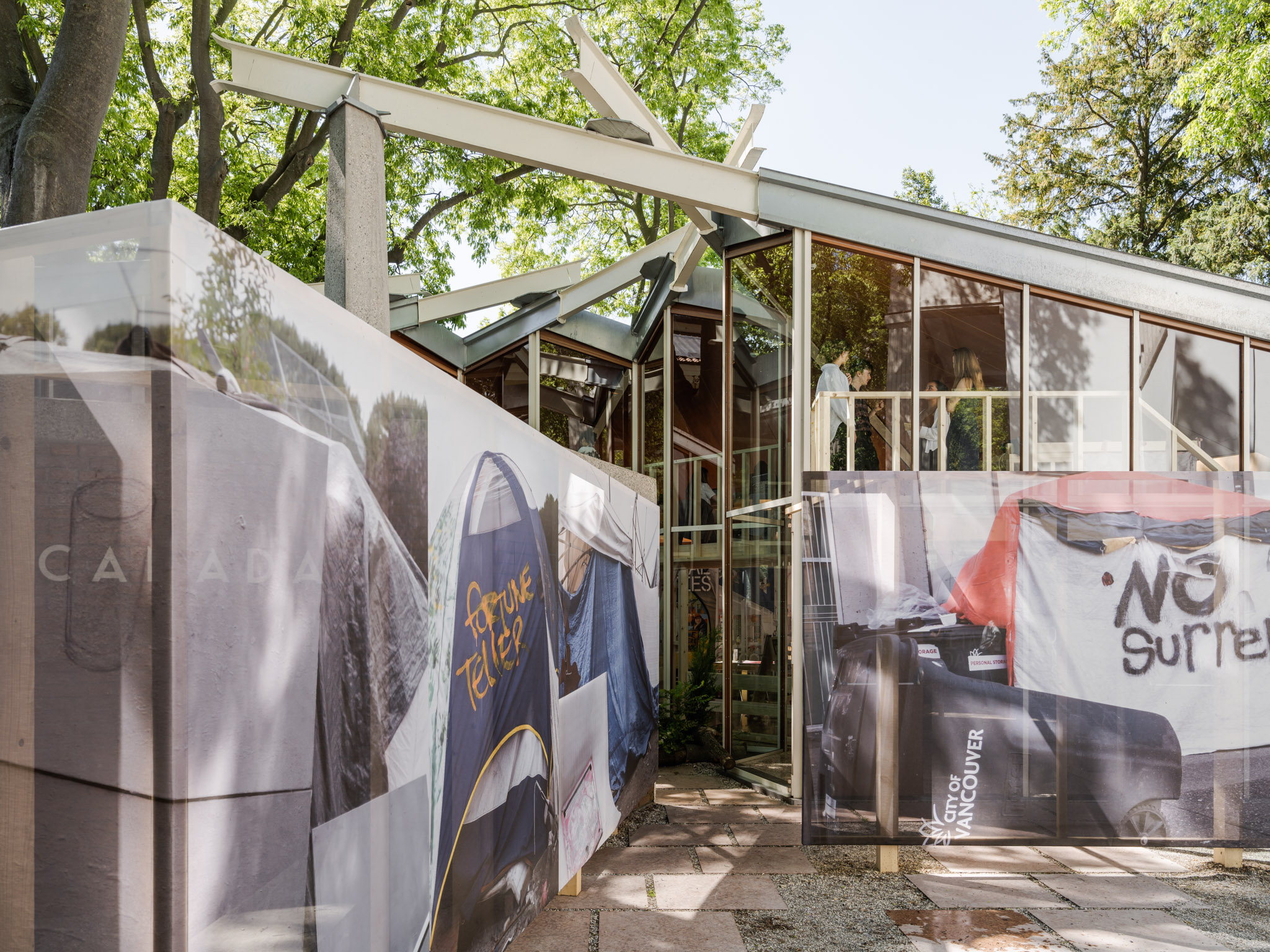Notes
1
bell hooks, Teaching to Transgress: Education as the Practice of Freedom (London: Routledge, 1994).
2
See "The Indian Act, 1876."
3
Linda Tuhiwai Smith, Decolonizing Methodologies: Research and Indigenous Peoples (London: Zed Books, 2012), 48.
This essay was commissioned as part of a collaboration between e-flux Architecture and alumni from the fourth cohort of New Architecture Writers to publish reviews of the 2023 Venice Architecture Biennale and Lesley Lokko's 18th International Architecture Exhibition, "The Laboratory of the Future."
© 2023 e-flux and the author
